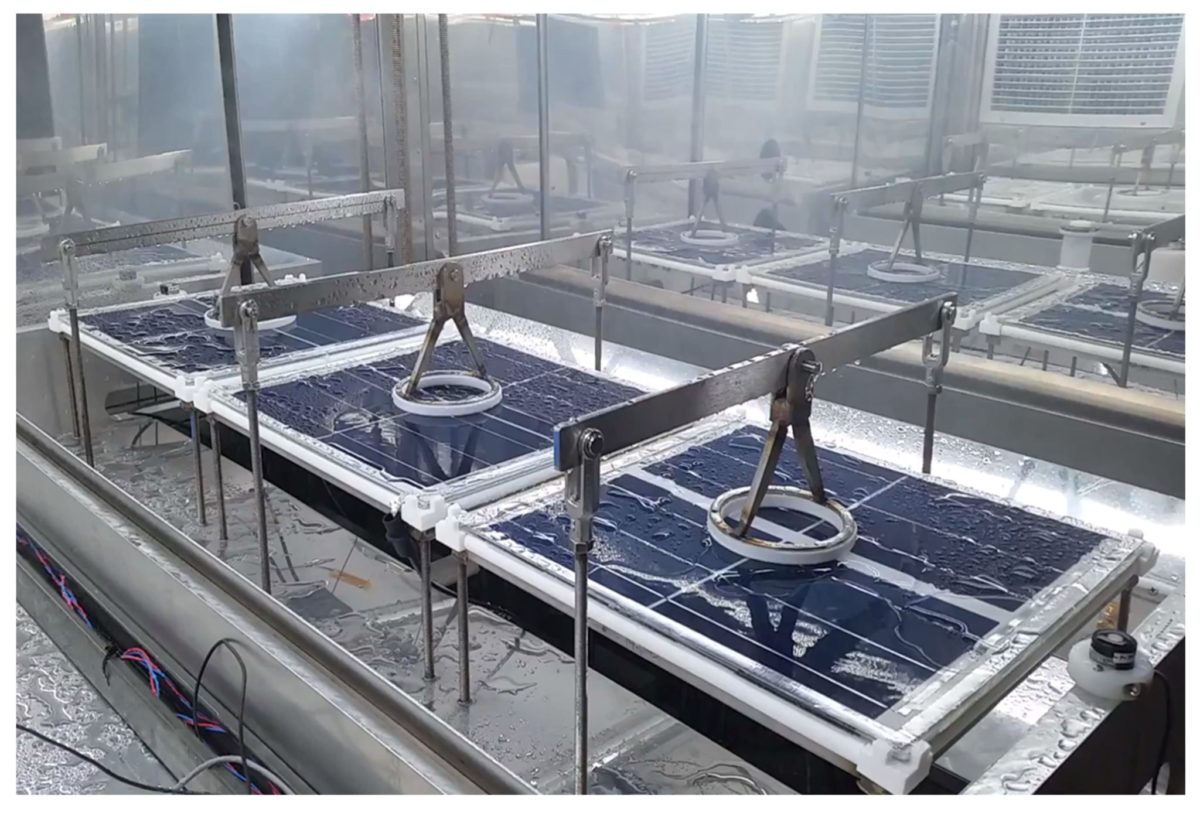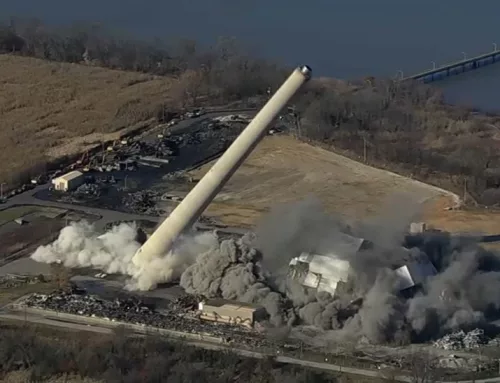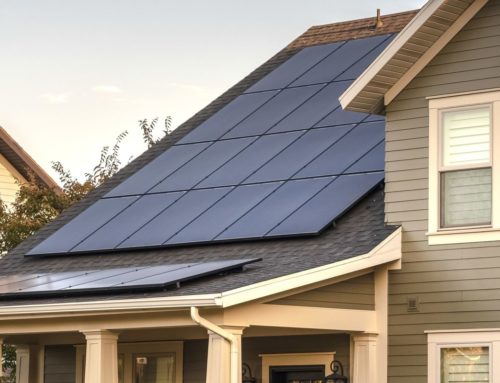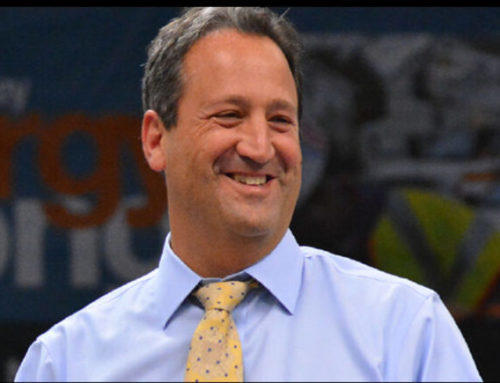US consortium aims for solar PV with a 50-year lifetime

Photo courtesy of NREL
March 15, 2022
There’s been quite a bit of chatter and activity in the solar industry around recycling solar panels in the last two years and rightfully so. But the more effective way to reduce solar panel waste would be to extend the usable lifetime of solar panels. Solar panels have already been shown to be incredibly reliable over their (typically) 25-year warranted lifetime and we’re seeing some companies push those boundaries by offering warranties of 30 or even 40 years!
And now DuraMAT, a consortium led by the US Department of Energy (DOE) and formed by US national laboratories and an industry advisory board, has been given $36M to continue working on solar panels that will last for 50 years. How long will it take to develop these types of solar panels? No one knows for sure given that solar panels are subjected to pretty harsh conditions including high levels of UV, high temperatures and mechanical stress from wind, snow and hail. But the fact that there’s a group of very capable labs and companies working on this bodes well.
Here’s a link to the original article and you can read the full text below.
Established by the Department of Energy (DOE) Solar Energy Technology Office (SETO), the Durable Module Materials consortium (DuraMAT) has been working since its inception in 2016 to improve PV materials use.
DuraMAT has awarded $30 million to high-impact projects, and in 2021 was given an additional $36 million by SETO for six more years of funding. The funds will help the consortium continue to develop solar module materials science in pursuit of a 50-year life for PV.
“We are trying to shift into a reliability research mode where we’re directly targeting modules that last 50 years,” said Teresa Barnes, DuraMAT director. “We’re very focused on high-energy-yield modules and making those in a sustainable way. We know there are going to be big material and energy impacts from ramping up deployment as fast as we need for the energy transition. But our question is, ‘How can we do that in a way that’s environmentally sustainable and in a way that our supply chain can keep up?’”
Five Core Objectives
The consortium has five core objectives. First, it seeks to act as a central data resource, collecting and disseminating solar module reliability data, and applying the data to create insights. The DuraMAT database is a centralized source with the ability to ingest, curate, combine, analyze, and manage diverse datasets.
Second, DuraMAT provides fielded module forensics, quantifying and characterizing module failures in outdoor exposures and recording environmental effects. It said one of the biggest hurdles to studying degradation or failure in fielded modules is that frequent absence of a “reference” or control module. This core objective is designed to provide better understanding of PV material durability, and to generate practical, multi-modal data that guides next steps in materials and module design.
As a third objective, the team develops a multi-scale, multi-physics model to accelerate testing and quantitatively assess material degradation. ““We are now shifting our emphasis towards predictive testing and modeling methods that will enable us to assess reliability more quickly and more accurately in new technologies,” said Barnes.
Fourth, it provides module materials solutions, in which the consortium designs, develops, de-risks innovative materials and module architectures to address PV reliability issues. The group has worked to characterize failure modes, develop crack tolerant metallization, and design recyclable backsheets. It has also developed technical requirements and materials guidelines that have enabled thin-film module development.
And as a final core objective, the consortium uses disruptive acceleration science to test materials. Using aggressive conditions like pressing modules with rings to simulate bending, or with sound waves to mimic the warping effect of wind, the consortium stress-tests modules to see how they would perform in the toughest conditions and over long stretches of time.
“If solar is going to expand and become this ubiquitous technology that we have across our power system, on our houses—and be responsible for 40% of our electricity generation—old technologies are not enough,” said Barnes. “PV modules need to be made more efficient, less expensive, and more sustainably at much larger scale. But we also need to know that these new modules—whether they’re new module designs or new cell technologies like bifacial or tandem cells—will perform predictably in the field.”
US consortium aims for solar PV with a 50-year lifetime

Photo courtesy of NREL
March 15, 2022
There’s been quite a bit of chatter and activity in the solar industry around recycling solar panels in the last two years and rightfully so. But the more effective way to reduce solar panel waste would be to extend the usable lifetime of solar panels. Solar panels have already been shown to be incredibly reliable over their (typically) 25-year warranted lifetime and we’re seeing some companies push those boundaries by offering warranties of 30 or even 40 years!
And now DuraMAT, a consortium led by the US Department of Energy (DOE) and formed by US national laboratories and an industry advisory board, has been given $36M to continue working on solar panels that will last for 50 years. How long will it take to develop these types of solar panels? No one knows for sure given that solar panels are subjected to pretty harsh conditions including high levels of UV, high temperatures and mechanical stress from wind, snow and hail. But the fact that there’s a group of very capable labs and companies working on this bodes well.
Here’s a link to the original article and you can read the full text below.
Established by the Department of Energy (DOE) Solar Energy Technology Office (SETO), the Durable Module Materials consortium (DuraMAT) has been working since its inception in 2016 to improve PV materials use.
DuraMAT has awarded $30 million to high-impact projects, and in 2021 was given an additional $36 million by SETO for six more years of funding. The funds will help the consortium continue to develop solar module materials science in pursuit of a 50-year life for PV.
“We are trying to shift into a reliability research mode where we’re directly targeting modules that last 50 years,” said Teresa Barnes, DuraMAT director. “We’re very focused on high-energy-yield modules and making those in a sustainable way. We know there are going to be big material and energy impacts from ramping up deployment as fast as we need for the energy transition. But our question is, ‘How can we do that in a way that’s environmentally sustainable and in a way that our supply chain can keep up?’”
Five Core Objectives
The consortium has five core objectives. First, it seeks to act as a central data resource, collecting and disseminating solar module reliability data, and applying the data to create insights. The DuraMAT database is a centralized source with the ability to ingest, curate, combine, analyze, and manage diverse datasets.
Second, DuraMAT provides fielded module forensics, quantifying and characterizing module failures in outdoor exposures and recording environmental effects. It said one of the biggest hurdles to studying degradation or failure in fielded modules is that frequent absence of a “reference” or control module. This core objective is designed to provide better understanding of PV material durability, and to generate practical, multi-modal data that guides next steps in materials and module design.
As a third objective, the team develops a multi-scale, multi-physics model to accelerate testing and quantitatively assess material degradation. ““We are now shifting our emphasis towards predictive testing and modeling methods that will enable us to assess reliability more quickly and more accurately in new technologies,” said Barnes.
Fourth, it provides module materials solutions, in which the consortium designs, develops, de-risks innovative materials and module architectures to address PV reliability issues. The group has worked to characterize failure modes, develop crack tolerant metallization, and design recyclable backsheets. It has also developed technical requirements and materials guidelines that have enabled thin-film module development.
And as a final core objective, the consortium uses disruptive acceleration science to test materials. Using aggressive conditions like pressing modules with rings to simulate bending, or with sound waves to mimic the warping effect of wind, the consortium stress-tests modules to see how they would perform in the toughest conditions and over long stretches of time.
“If solar is going to expand and become this ubiquitous technology that we have across our power system, on our houses—and be responsible for 40% of our electricity generation—old technologies are not enough,” said Barnes. “PV modules need to be made more efficient, less expensive, and more sustainably at much larger scale. But we also need to know that these new modules—whether they’re new module designs or new cell technologies like bifacial or tandem cells—will perform predictably in the field.”
Have a question about solar panel lifetimes, warranties or anything else? Send us a message and we’ll answer ASAP.
Have a question about solar panel lifetimes, warranties or anything else? Send us a message and we’ll answer ASAP.








